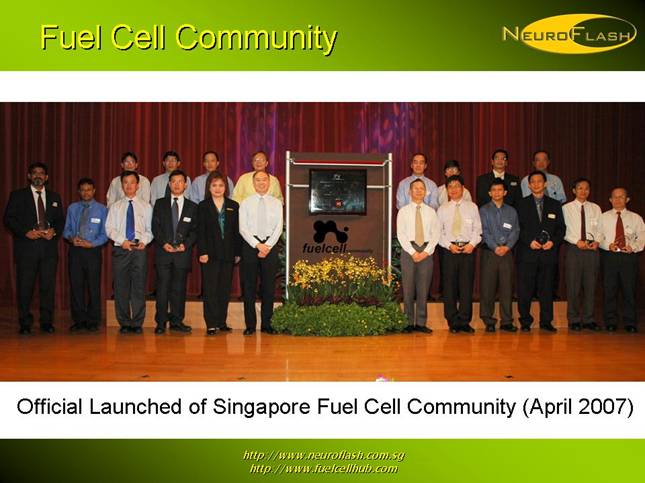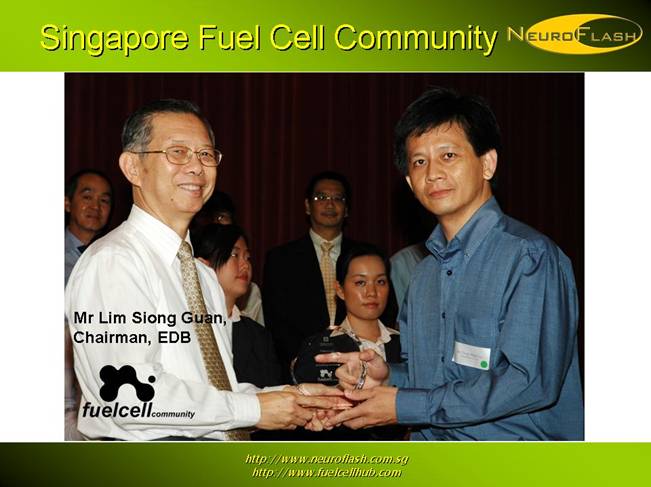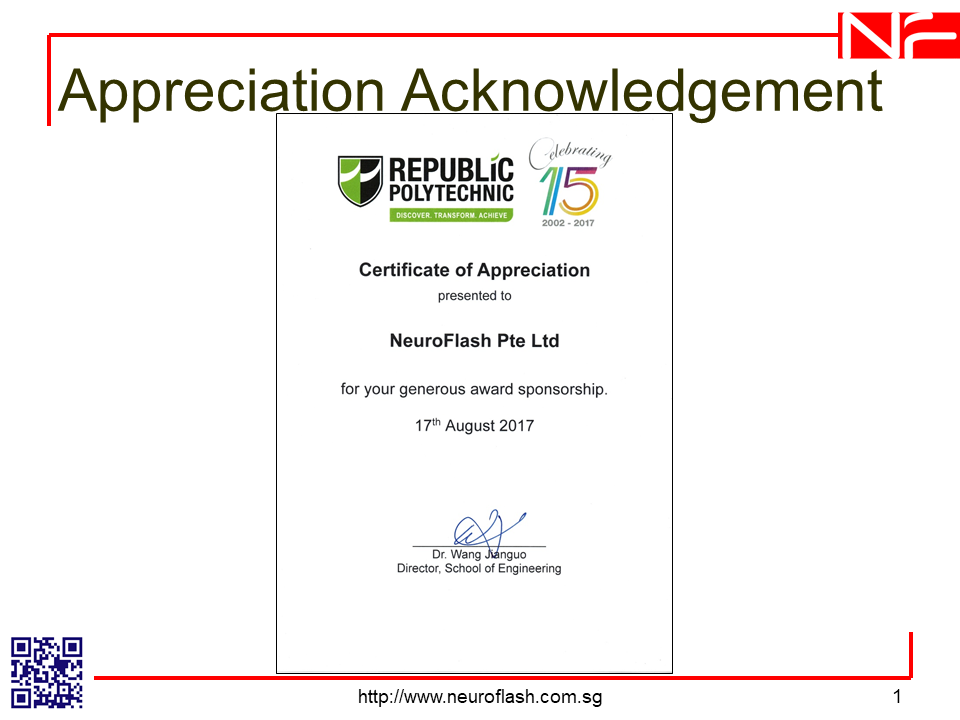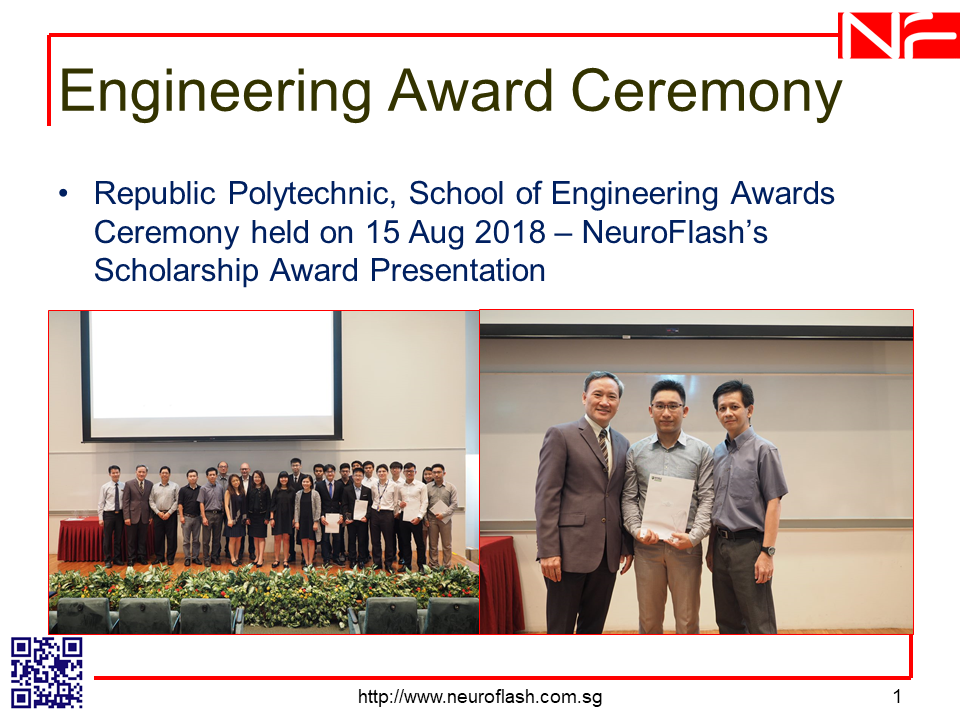STUDY GOALS AND OBJECTIVES
The objective of the study is to review the potential growth of hydrogen energy generation and storage of hydrogen for fuel cells. The study provides an in-depth analysis of the pertinent technical and economic drivers for the generation and storage of hydrogen for hydrogen fuel cells as well as forecasting growth of the industry sectors. The topics are detailed with statistical and analytical information on markets, applications, industry structure, and dynamics, along with technological developments. This report focuses on the reforming technologies, electrolyzers, and storage components, such as hydrides and tanks. The study also discusses emerging technologies for hydrogen production and storage as well as identifying large and small companies and the technologies they offer.
REASONS FOR DOING THE STUDY
The U.S. Department of Energy has identified hydrogen storage and production as a priority for research and development. Fuel cells are a technology for meeting U.S. energy and power needs well into this century. Unlike power plants that use conventional technologies, fuel cell plants that generate electricity and usable heat are environmentally clean and can be made in a wide range of capacities. The technologies to create the needed hydrogen on a consumer level are in development. The ultimate winners have not been selected, and competitors include both large and small companies with generous government subsidies to help determine what works easy and well and can be manufactured at the same costs as current equipment for generating electricity about $400 - $600 per kilowatt.
By 2010, an estimated 130 GW of new generating capacity will be installed in the U.S. In world markets and within a much shorter time frame, nearly 550 GW of generating capacity will be added. Fuel cell commercialization opportunities in the U.S. market are focused in several large-scale areas: re-powering, central power plants, industrial generators, vehicles, and commercial/residential generators.
Nonetheless promising are a host of fuel cell applications that are present virtually anywhere electrical power is a factor. From large-scale power-intensive applications such as desalination, automotive transportation, self-contained residential power, and emergency backup, to portable products such as computers, cell phones, flashlights, watches, cameras, and music players, fuel cells are an alternative to traditional power supply.
Fuel cell advocates proclaim the technology as one of the most momentous leaps forward of the era. Most of those visions, however, have yet to materialize. With the most recent developments in materials, size, and cost structure-making affordable, renewable, nonpolluting power a realistic option for a myriad of applications-the fuel cell potential seems clearly large. At the same time, the variety of uses requires wide-ranging understanding of particular markets.
This BCC technical marketing study provides an in-depth analysis of fuel cell technology and hydrogen generation, and their expected role in power-generation markets.
CONTRIBUTION OF THE STUDY AND FOR WHOM
This study aims to provide persons interested in acquisitions or expansion of fuel cell technology, specifically the fueling systems and production of hydrogen from renewable sources, with specific, detailed information to make informed decisions. In addition, those who simply want to stay abreast of the state of the art will find this study worthwhile.
SCOPE AND FORMAT
Uses of hydrogen other than as a feed for fuel cells are not considered in this study. Despite the rapidly expanding array of applications, fuel cell technology development is still limited to a range of materials and methods, as well as manufacturers. With both the technology and the market in nascent states, complexities are expected to multiply along with increased demand as more sectors prove themselves in application and become financially feasible. With working fuel cell examples such as electric cars demonstrating the validity of industry enthusiasts' hopes, this study has a prime opportunity to comprehensively cover the range of technology and market dynamics while these dynamics are still limited in scale.
The report includes comparisons of costs for various fuel cell materials and configurations. The markets are summarized by region and the types of cells, along with the players or potential players in the market.
METHODOLOGY
Research for this report began with an in-depth analysis of technical and business literature, a well as a review of the history of the technology. Interviews with industry experts, company representatives, federal government researchers, and university scientists provided the basis for an assessment of the outlook for hydrogen generation and storage applications. Secondary sources of information include product literature from fuel cell system suppliers, and numerous scientific references, patent searches, and BCC's Fuel Cell Technology News, Battery and EV Technology News, and Membrane & Separation Technology News.
The report makes projections for each market in terms of constant dollars. Historical values are presented for the given year, with focus on the U.S. Overseas activity is also presented, putting the U.S. market into global context. Estimates of the fuel cell applications installed in particular areas were obtained either from surveys done or from estimates of those knowledgeable in the industry. Values that are given for these processes are generally based on the best estimates from those involved in the commercialization of the technology. These values reflect only the current small U.S. sales figures; however, this report makes some reference to the world markets in cases where those markets exert substantial influence on the U.S. market sector. Projections for the 2003 to 2008 time period are given in 2003 constant dollars and represent real growth. Where precise information was not available, a consensus was made using a formulation of reasonable assumptions and estimates based on a baseline obtained from historical data.
Estimates are based both on the estimated dollar value of number of units actually installed and the research value in the area of hydrogen generation and storage. The research dollars granted by the government are often matched or more than matched by private research spending. Although a great deal of the money is devoted to the salaries of scientists and engineers, a certain amount of money still must be spent on materials. The amounts of research spending, combined with the amounts actually spent to install hydrogen generation and storage units for practical use, forms the basis for the market estimates.
Gas volumes, in particular hydrogen, in this report assume the gas is at standard temperature and pressure. Standard temperature is 0ΒΊC and standard pressure is one atmosphere absolute. The term "normal" is sometimes used in place of STP, but is not so used in this report. Gas volumes in this report are at STP, unless otherwise noted. A cubic foot of gas at STP is an SCF.
INFORMATION SOURCES
The information sources for this study include extensive online research, patent literature, worldwide technical journals and magazines, and interviews with principals in the industry. It also includes the results of interviews with company executives.
VALUE OF THE REPORT
This report compiles a range of industrial and technical information into a comprehensive technical/marketing study that should aid interested parties in determining the investment potential of hydrogen for use with fuel cells. It should be of value to companies interested in entering or expanding their involvement in the technologies involved with hydrogen production for fuel cells. This report should also interest those companies that wish to keep up with the breakthroughs and improvements going on with fuel cells. It provides market projections for those interested in commercialization opportunities, including senior marketing specialists, venture capitalists, and executive planners. Novice readers who desire to understand how environmental pressures, market pressures, and technology interact in the development of the fuel cell should find this report to be a valuable source of information.
For a better price, buy from our partner:





